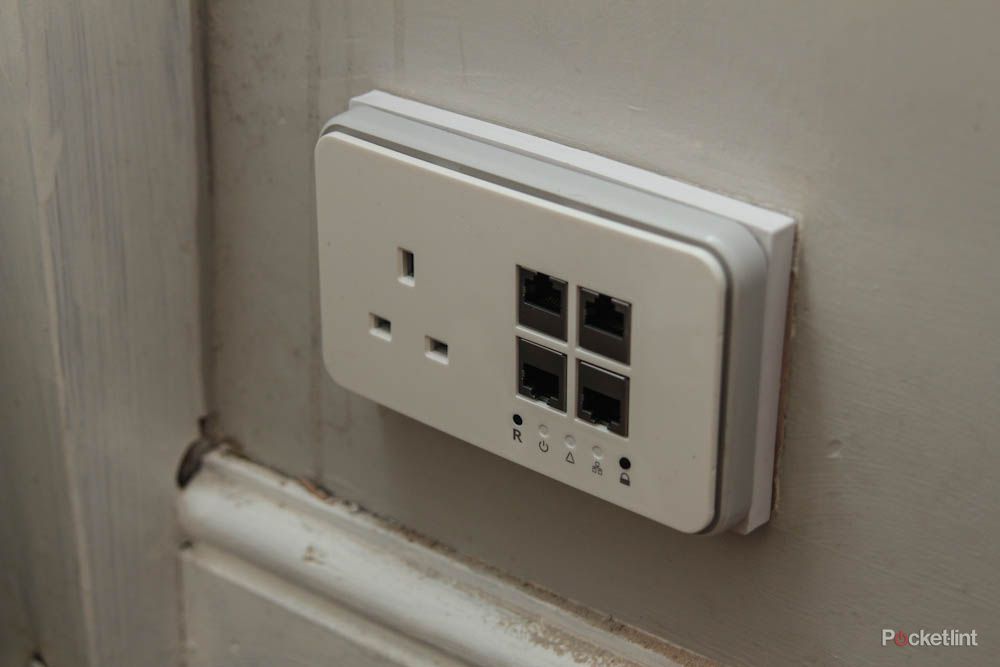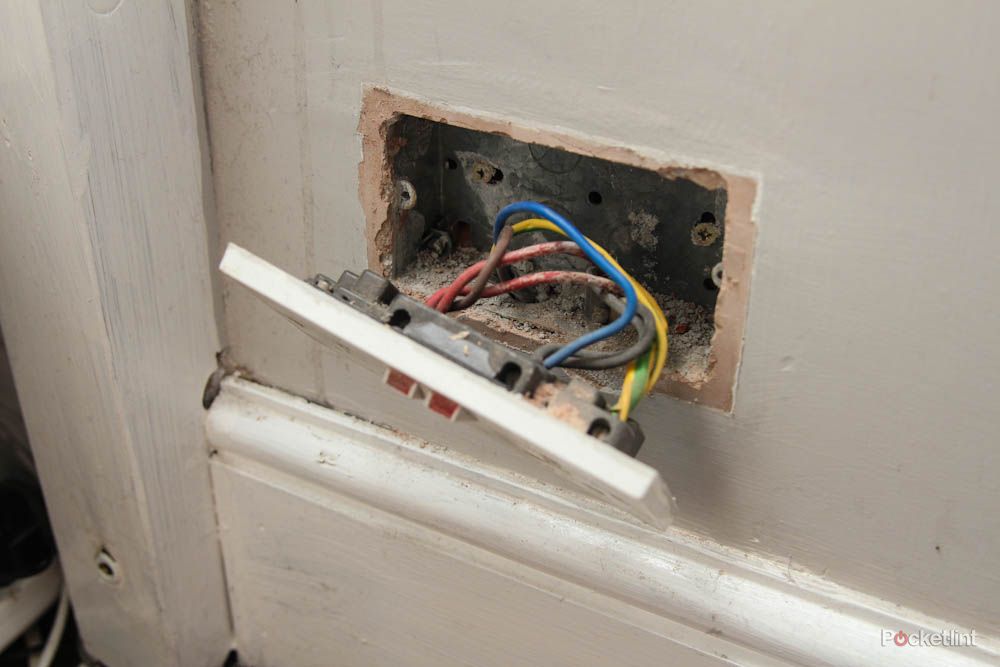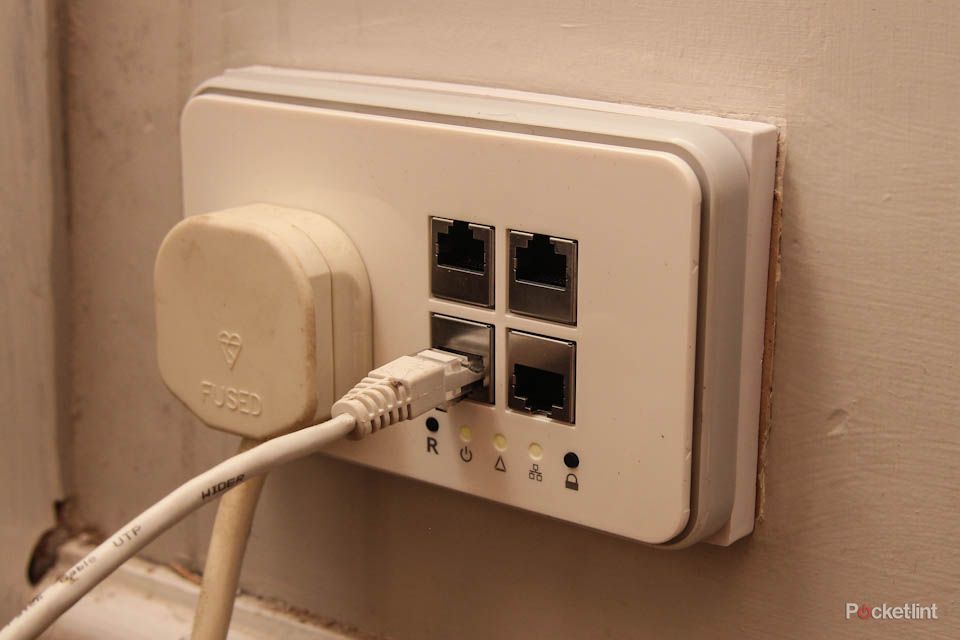If you live in a house made of brick, chances are the Wi-Fi router you have doesn't get to all the corners of your castle. If that's the case you've probably already thought about installing Powerline plugs, using your existing electricity cable to extend the range of your network.
The problem with Powerline plugs, however, is that they are unsightly and - more to the point - only really give you a single Ethernet socket out of the plug socket.
In steps the Power Ethernet All in One Ethernet enabled Powerline socket that promises to not only give you four Ethernet points from a single socket, but also to look considerably tidier. But is it really that simple? We installed a pair of the sockets to find out.

Installing the sockets is fairly easy, and although the install involves turning off your electricity and whipping out the wall socket in question, rather than just plugging something into your existing socket, you get instructions in the box, and it's just a case of matching up the coloured wires in the wall with the colour-coded slots on the plug.
For us, that took around five minutes once we found the right screwdriver.
You will need to have two sockets in the circuit for it to work, although it is worth pointing out that you can then add further Powerline products regardless of whether they are from Power Ethernet or not. You can, of course, have multiple numbers of the Power Ethernet sockets as well - up to 64, in fact.
Once up and going that's pretty much it, the sockets feature several status lights, but there is zero setup to be done apart from waiting for the two sockets to talk to each other.
The status lights offer statuses on power, connection and network activity. There is also a reset button if needed and a Join/Leave button for if you are experiencing problems. We've had no problems in our tests.

On the technical side, the socket utilises the Atheros INT6400 chipset by Qualcomm, which is compatible with HomePlug Alliance AV standard and means it is powerful enough to cope with HD Video (in our tests we had no problems). You can connect up to 64 PE sockets in the same network at up to 300 meters apart. The network has a maximum throughput of 200Mbps (gross).
The PE sockets will automatically go into power-save mode for reduced power consumption when the network ports are not in use and there's also the option to put individual units into deep hibernation for further power savings when you go away.
Where the Power Ethernet socket works wonders, however, is that its four Ethernet sockets give you four times the connection options you normally get. That is ideal for places where you need to get multiple connections without worrying about adding a further router to manage it all.
The catch of course is that you do lose a power socket in the process, however as Powerline plugs require a direct connection for best performance rather than off an extension cable we don't see this as a major problem.
We would also have liked a wireless option to expand the network, but that's not really what Power Ethernet is promising here.
If you are looking to get a wired connection to devices such as your new YouView box or your Xbox 360, and want more than one Ethernet connection via your plug socket this is worth considering. Yes, it is more expensive than a big and bulky Powerline plug, but it's a lot tidier with it.

